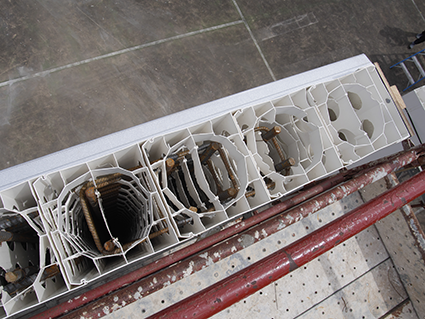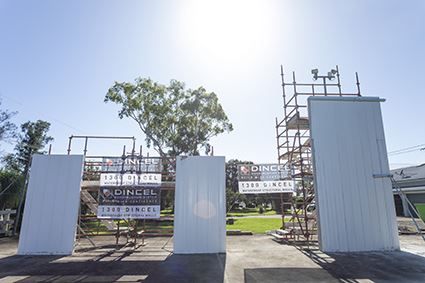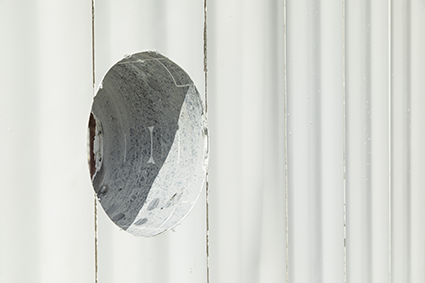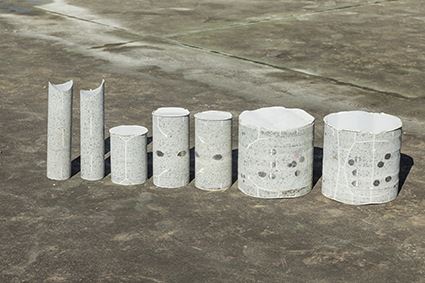FIA members are no doubt aware of the concerns the NSW Building Commissioner’s Office has around quality assurance in regards to installation matters. There are great concerns in the industry about the presence of air voids within concrete walls formed with conventional formwork and permanent formworks (consisting polymer, fibre-cement or Besser block faces). The good news is that the use of self-compacting concrete (SCC) offers solutions to the questions - have you used the right concrete mix? have you added water to the supplied mix? have you vibrated the concrete? do you have air-voids and segregation?
Self-Compacting Concrete (SCC) is a unique type of concrete mix that does not require vibration (and does not allow for the adding of water on site), in order to achieve compaction and air-void / segregation free elements. It consists of specialty admixtures such as superplasticisers and stabilisers in order to dramatically increase flow and workability without causing segregation, loss in strength or undue shrinkage.
This is considered by some as a game changer for vertical concrete elements. It has a ‘set and forget’ approach, where there is no reliance on the labourer or concreter to carry out the correct vibration technique in order to achieve adequate concrete compaction. This is critical as air-voids in concrete elements are significantly costly to rectify and can impact fire rating levels, structural capacity, waterproofing and acoustics. These are the reasons why SCC has fast become the preferred concrete mix by design engineers and concrete suppliers.
Permanent formwork manufacturer Dincel have tested their products with SCC, with results demonstrating air-void/segregation free walls without the need for any vibration. The tests included 3m tall Dincel 155 and Dincel 200 walls. In addition to this, a 5.2m tall Dincel 275 wall was tested which incorporated two layers of N24 vertical and horizontal bars in one portion and also closed tie reinforcement in another (replicating column detailing) in order to impose significant steel congestion within the formwork. Even with this reinforcement, solid compacted concrete within the formwork was verified following an inspection of core holes and removal of the polymer skin. The use of SCC is possible with Dincel formwork due to the patented ‘snap-lock’ joints which are able to handle the high pressures exerted by SCC. Before using SCC in your next project, it is important to check that the formwork manufacturer has tested the use of SCC with their systems. In addition, providing sufficient bracing for the formwork is imperative due to the high amount of pressure exerted by SCC and the repercussions of a blowout.
SCC can solve the industries air-void related concerns and it is expected to become much more prevalent as time goes on. The use of SCC has great potential to change the industry. Consider SCC and tested systems such as Dincel on your next project for air-void and defect free walls.








